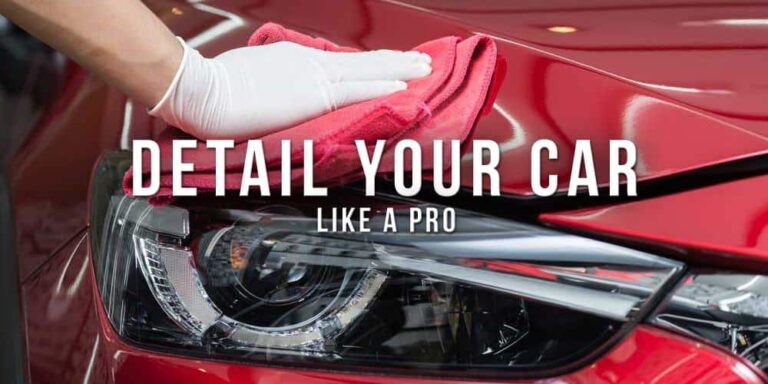How to Change a Cv Joint
To change a CV joint, Jack up the car, remove wheel, caliper, and rotor, then disconnect the CV joint from the transmission and replace it with a new one. Changing a CV joint is essential to ensure proper functionality of your vehicle’s drivetrain and suspension system.
Whether you are experiencing clicking noises while turning or a vibration in the steering wheel, addressing a worn-out CV joint promptly can prevent further damage and ensure safe driving conditions. By following a step-by-step process, you can replace a CV joint on your own or seek assistance from a professional mechanic for a seamless repair.
Let’s explore the simple yet crucial steps involved in changing a CV joint to maintain your vehicle’s performance and safety on the road.

Credit: www.youtube.com
Step-by-step Guide To Changing A Cv Joint
Are you hearing a clicking or popping sound when making sharp turns? It might be time to change your CV joint. This step-by-step guide will walk you through the process of swapping out a faulty CV joint so you can get back on the road with confidence.
Raise And Secure The Vehicle
Before starting any work, ensure the vehicle is parked on a level surface and engage the parking brake. Then, use a hydraulic jack to raise the vehicle off the ground, making sure to place jack stands under the frame to securely support the weight of the car. Safety first!
Remove The Wheel And Brake Caliper
Remove the lug nuts using a lug wrench, then take off the wheel. Next, locate the brake caliper and remove the bolts using a socket wrench. Carefully suspend the caliper with a wire or bungee cord to prevent damage to the brake line.
Detach The Cv Joint
- Locate the CV joint and remove the retaining ring using snap-ring pliers.
- Slide the CV joint off the axle and inspect it for any signs of damage, such as torn boots or excessive wear. If it needs replacement, continue to the next step.
Install The New Cv Joint
- Clean the axle shaft thoroughly and apply a thin coat of grease to the splines.
- Slide the new CV joint onto the axle shaft, ensuring it aligns properly with the splines.
- Replace the retaining ring to secure the CV joint in place.
Reassemble And Test
Reattach the brake caliper, wheel, and lug nuts, making sure everything is securely fastened. Lower the vehicle from the jack stands, then test drive to ensure the new CV joint is functioning smoothly without any unusual noise or vibration.

Credit: www.youtube.com
Credit: www.matthewsvolvosite.com
Frequently Asked Questions On How To Change A Cv Joint
Can You Change Cv Joint Yourself?
Yes, you can change a CV joint yourself with proper tools and mechanical knowledge.
How Many Hours Does It Take To Replace A Cv Joint?
Replacing a CV joint takes around 2 to 4 hours depending on the car model and mechanic’s experience.
How Do I Know If My Cv Joint Is Worn Out?
You can detect a worn-out CV joint by hearing clicking or clunking noises during turns. Look for torn or cracked rubber boots and grease splattered around the joint. Also, check for excessive vibration or shaking during acceleration. If you notice these signs, it’s time to have your CV joint inspected and possibly replaced.
Can You Drive With A Bad Cv Joint?
Driving with a bad CV joint is not recommended. It can cause further damage, leading to costly repairs.
How Do I Know If My Cv Joint Is Bad?
If you hear a clicking sound when turning or accelerating or feel vibrations, your CV joint may need replacing.
Can I Drive With A Bad Cv Joint?
Driving with a bad CV joint can cause further damage to your vehicle’s drivetrain. It’s best to replace it as soon as possible.
How Much Does It Cost To Replace A Cv Joint?
The cost to replace a CV joint can vary depending on the make and model of your vehicle, but it can range from $200 to $900.
Conclusion
Changing a CV joint is a manageable task that can be done at home with the right tools and knowledge. By following the steps outlined in this guide, you can save time and money on costly mechanic fees. Remember to take safety precautions and consult a professional if needed.
Keep your vehicle in top shape and enjoy a smooth and safe ride.

